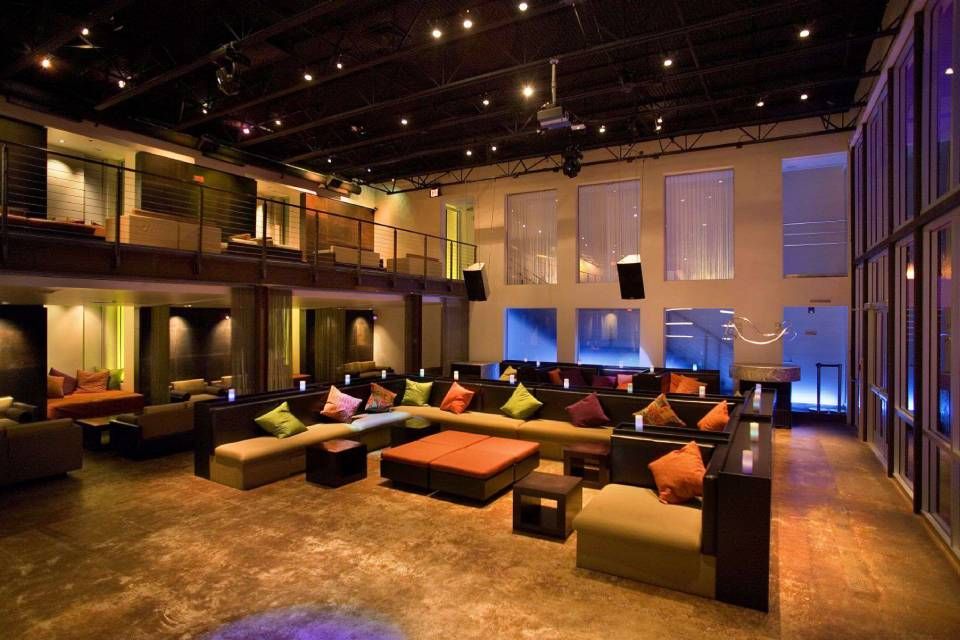The first step in effective camera placement is to locate vulnerable areas within the store. Such areas typically include entry points and exit points, cash registers, and sections where expensive items are showcased. By placing cameras in such areas, retailers can observe customer behavior and detect suspicious activities. Additionally, cameras at entrances can record footage of people entering and exiting the retail space, which is essential for identifying potential thieves. This proactive approach helps in reducing loss and guaranteeing a secure atmosphere.
Another key factor is the type of surveillance device used in the retail environment. Various cameras serve different functions. For example, dome cameras are commonly used for indoor surveillance because they are more obtrusive and can cover a broad space. On the other hand, bullet-style cameras are ideal for external application, as they are much conspicuous and can discourage illegal activity. Retailers should assess their specific requirements and choose the appropriate surveillance device models to guarantee comprehensive coverage of the retail space.

Along with surveillance camera Full Report types, the angle and height at which cameras are installed play a significant role in their effectiveness. Surveillance devices should be set at a level that enables for clear visibility of individuals and actions without being readily manipulated with. A common suggestion is to mount cameras at least eight to 10 ft off the floor. Additionally, surveillance devices should be angled to monitor as much area as feasible while avoiding blind spots. This tactical installation guarantees that all areas of the store are observed, providing a full view of shopper interactions and possible safety risks.
Ultimately, it is crucial for store owners to consistently review and maintain their surveillance equipment. This entails checking camera performance, ensuring that footage are high-quality, and updating programs as needed. Routine upkeep aids to prevent technical problems that could jeopardize security. Additionally, retailers should review footage periodically to spot trends in customer behavior and possible safety risks. By remaining vigilant and mindful to their surveillance equipment, store owners can create a safer retail atmosphere and protect their assets efficiently.